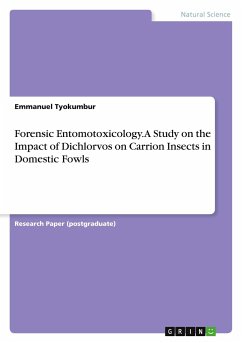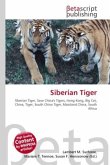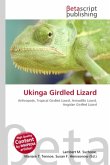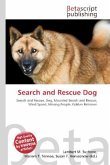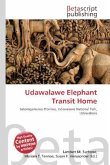Please note that the content of this book primarily consists of articles available from Wikipedia or other free sources online. Carrion (from the Latin caro, meaning meat) refers to the carcass of a dead animal. Carrion is an important food source for large carnivores and omnivores in most ecosystems. Examples of carrion-eaters, or scavengers, include Hyenas, Vultures, Wedge-tailed Eagles, Virginia Opossum, Tasmanian Devils, Black Bears, Komodo Dragons, Bald Eagles, Raccoons, flying squirrels, and Blue-tongued lizards. Many invertebrates, such as carrion beetles (family Silphidae), as well as maggots of calliphorid flies and sarcophagid flies also eat carrion and play an important role in recycling animal remains.
Bitte wählen Sie Ihr Anliegen aus.
Rechnungen
Retourenschein anfordern
Bestellstatus
Storno



